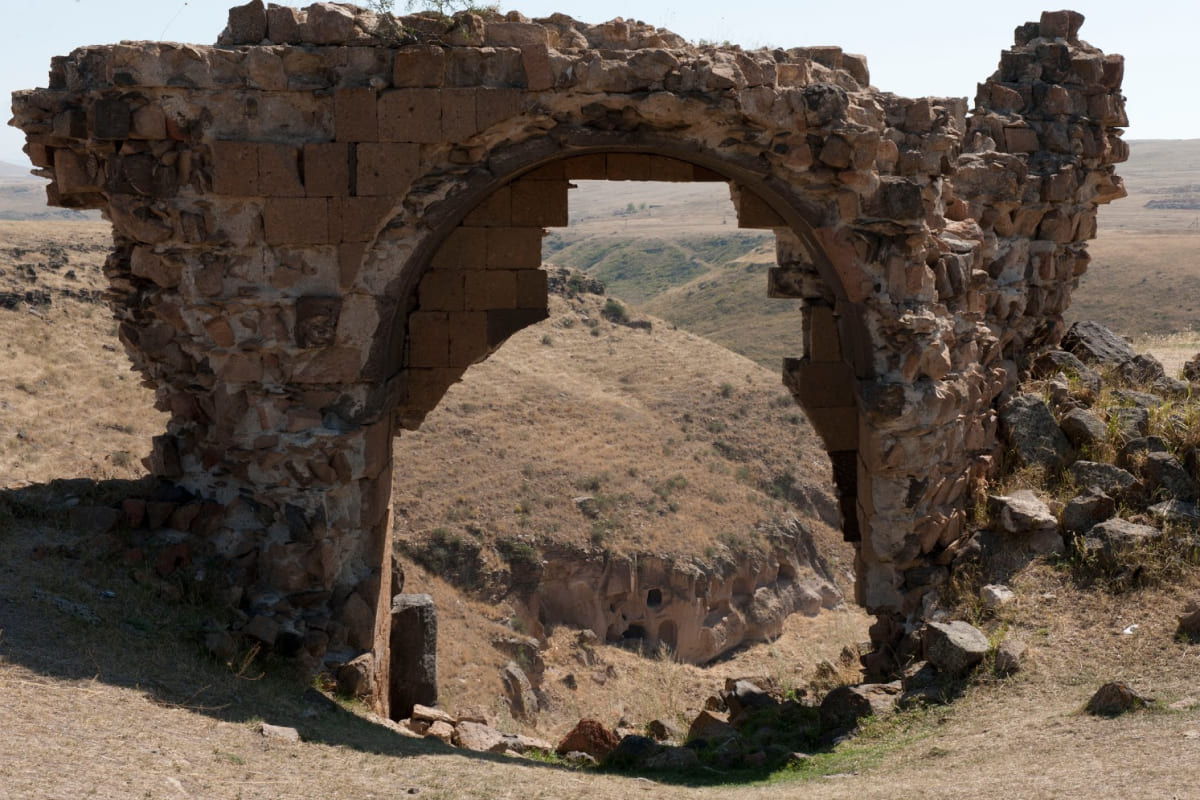Sarıkamış: Skiing, Protected Forests & Ancient Ghost City
Skiing in Sarıkamış is comparable to skiing in Austria, and this rapidly developing resort is often referred to as the Turkish Innsbruck. The ski slopes here pass through pine forests, and the resort offers opportunities for both beginners and experienced skiers. A snow park has been built for snowboarders, and cross-country ski trails are available for enthusiasts.
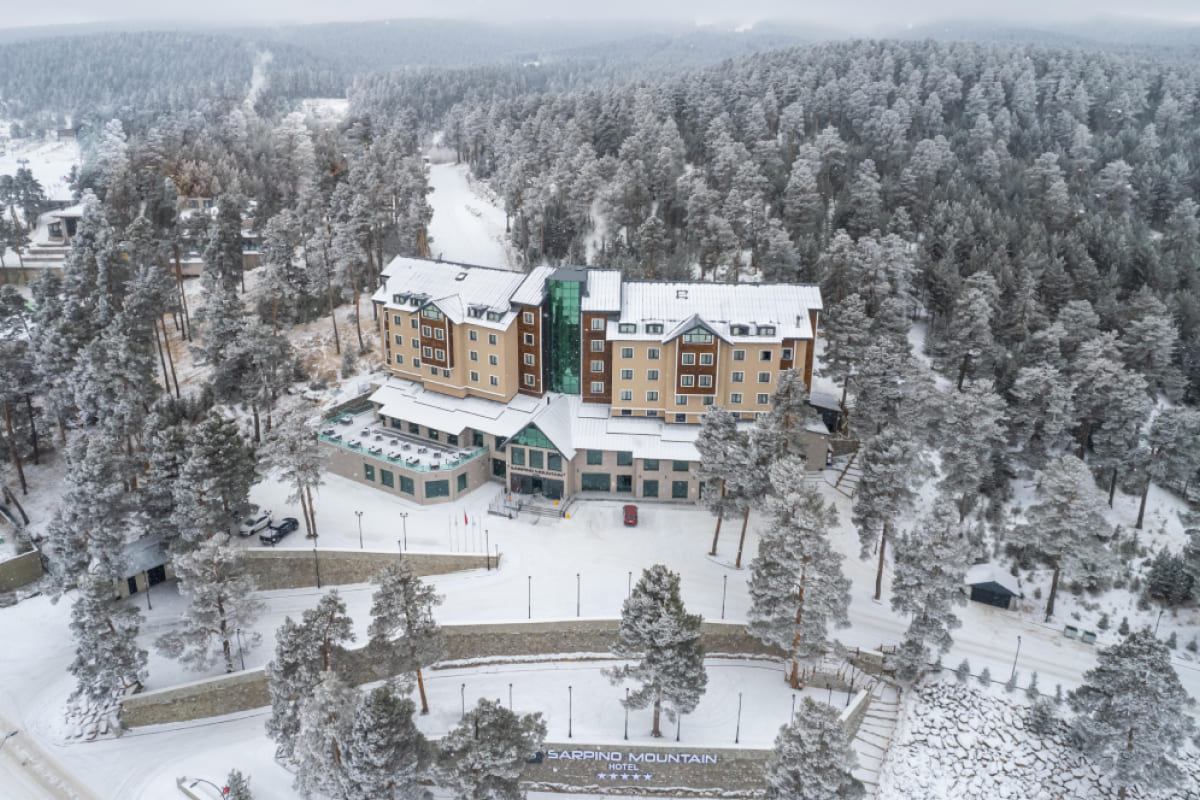
Additionally, this region has an intriguing history, offering various landmarks and the chance to take part in fascinating excursions, such as visiting the ruins of ancient Ani, a ghost city that has been uninhabited for three centuries.
Crystal Snow of Sarıkamış
The Sarıkamış ski resort is located 160 kilometers north of Palandöken, in the heart of mountain ranges, surrounded by a protected pine forest. What sets Sarıkamış apart from other ski centers in Turkey is the quality of its snow: here, the dry, crystalline snow makes skiing a pleasure. The snow cover is relatively thin, around 2 meters.
The ski slopes of Sarıkamış are situated at an altitude of about 2200-2700 meters above sea level. The resort offers four-seat chairlifts, and the slopes are perfect for both children and beginners who want to experience the thrill of skiing.
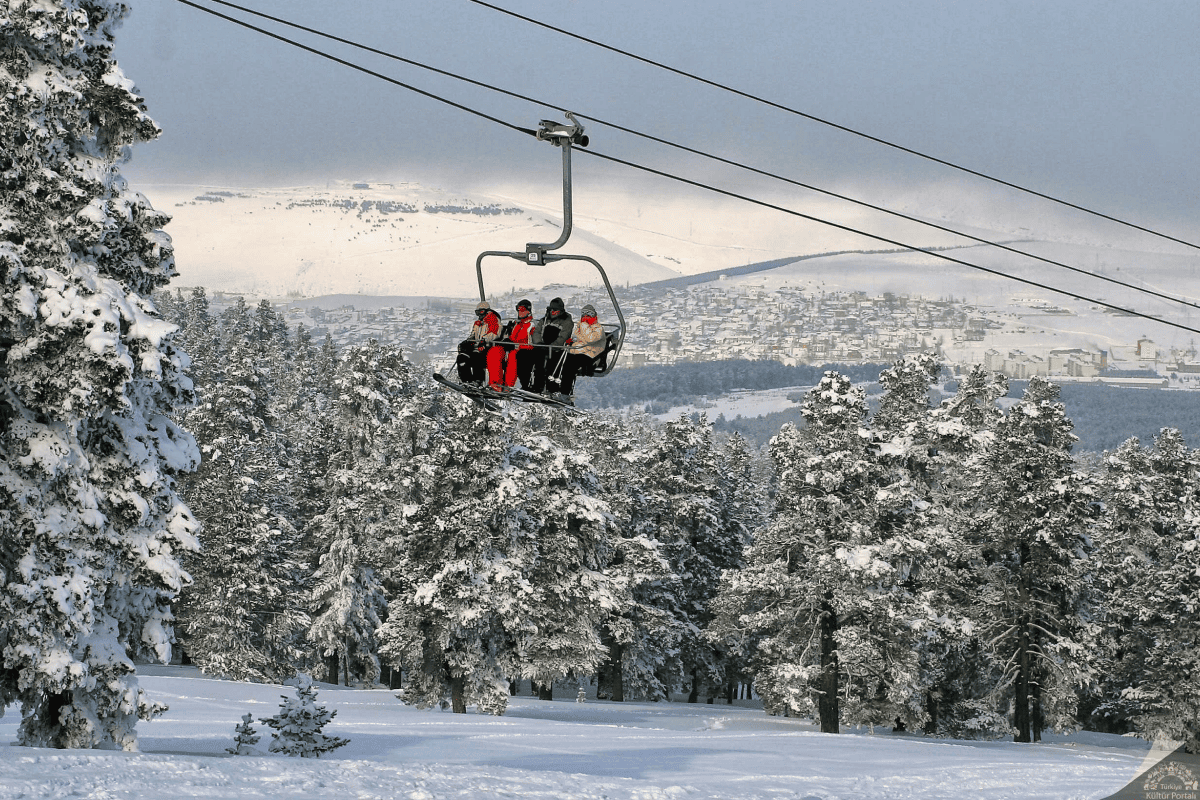
There are nine main slopes at the resort. Three of them are blue, three are red, and three are black slopes. The longest slope reaches 6 kilometers. Five slopes descend from the top to the second lift station, two slopes go from the second station to the first, and two more lead from the very top. The higher slopes are suitable for more experienced skiers.
The season in Sarıkamış can start as early as mid-October and continue until mid-April, with long winters and short, dry summers. However, due to unpredictable weather changes, the best time to visit is from mid-December to mid-March, to avoid the possibility of seeing blooming tulips instead of snowy peaks.
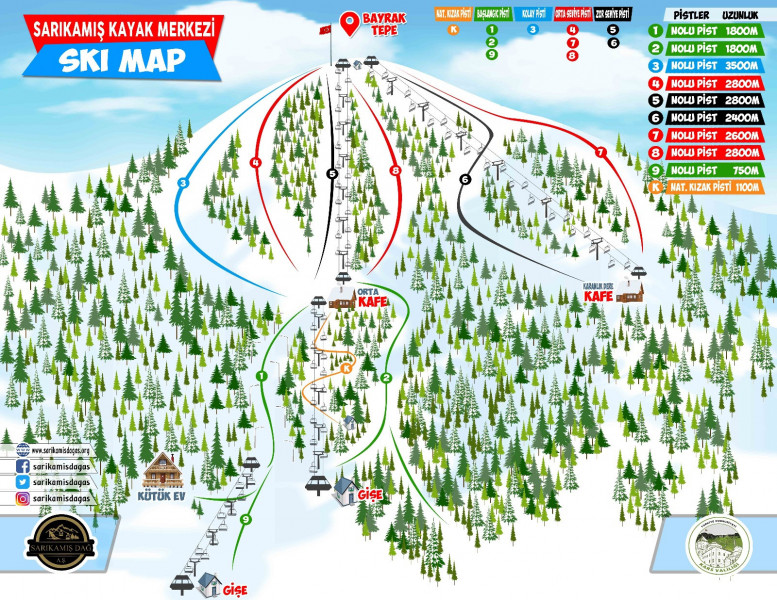
Sarıkamış and the Ruins of Ancient Ani
The first mention of Sarıkamış dates back to the 19th century, when it had already become an important settlement. At that time, the city was divided into two parts: Upper Sarıkamış and Lower Sarıkamış. Unfortunately, little is known about the city’s earlier history, but archaeological excavations in the surrounding area suggest that its history stretches much further back, and it is quite possible that the settlement was founded before our era.
Travelers are also drawn to the ruins of the ancient city of Ani, once the capital of the Armenian Kingdom of Ani, known as the «City of 1001 Churches». Here, remnants of medieval city walls, a Seljuk palace, and several Armenian churches from the 11th to 13th centuries are preserved. Today, Ani is a semi-ruined medieval city located on the border with Armenia.
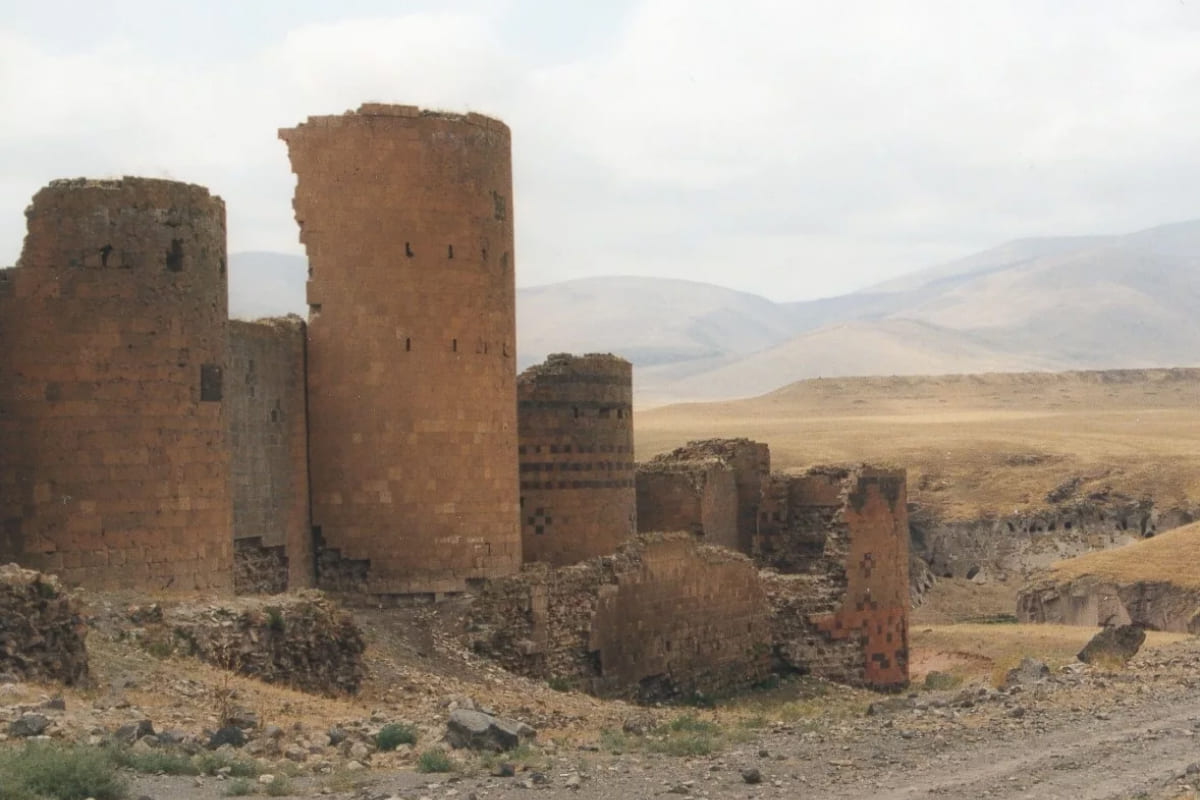
Ani has been listed three times by the World Monuments Fund as one of the endangered heritage sites, in 1996, 1998, and 2000. It wasn’t until May 2011 that the World Monuments Fund, in partnership with the Turkish Ministry of Culture, announced the beginning of restoration efforts to preserve the local landmarks.
At its peak, Ani was a thriving city with a population of around 100,000-200,000 people and was a major trading hub. It rivaled cities like Constantinople, Baghdad, and Cairo. However, over time, Ani, once renowned for its grandeur, was abandoned and forgotten. Now, it stands as a ghost city, uninhabited for three centuries.
